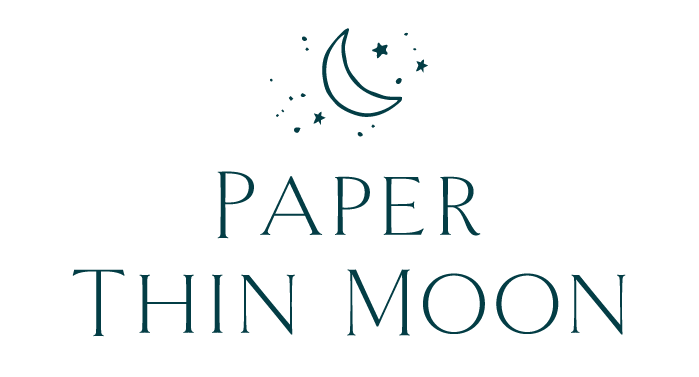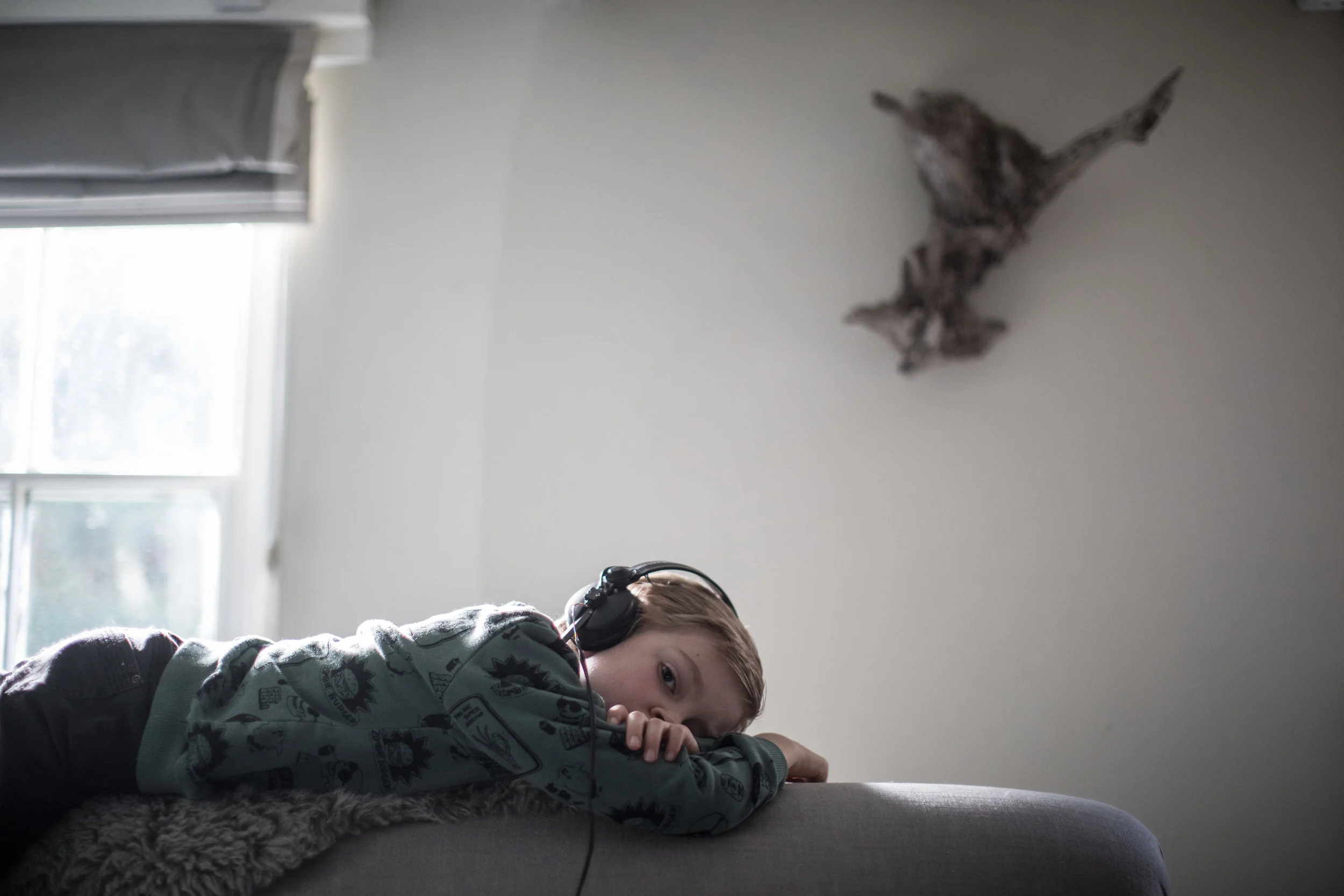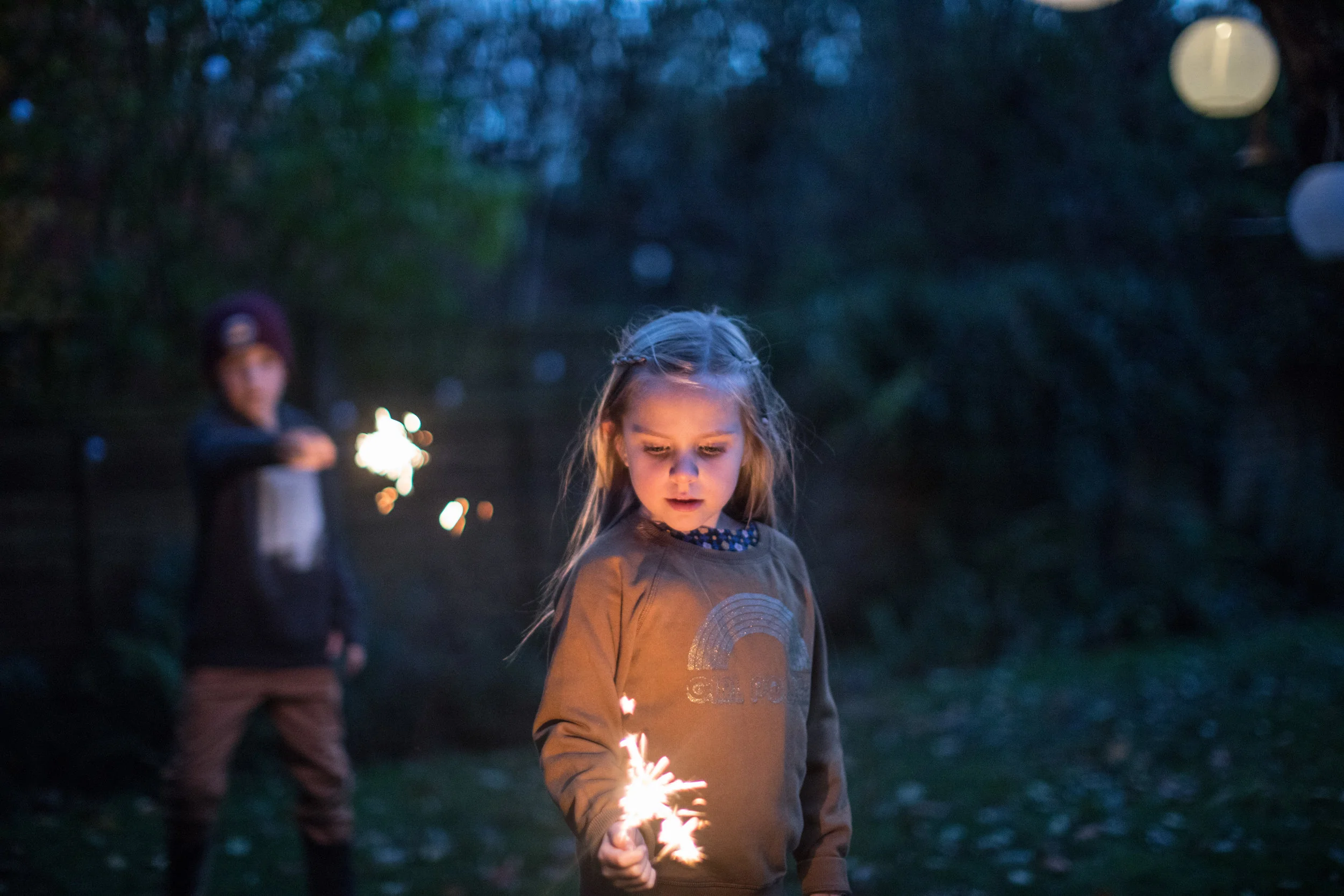Golden Threads - Creating a Stylish and Sustainable Wardrobe for Your Child
Above: Sophia wears Boden dungarees and Bonton blouse from Smallable. Isaac wears Luis Louise sweatshirt. Below: Isaac in a Finger in the Nose sweatshirt and Sophia wearing a Louise Misha jumper.
As a former fashion student, and having worked in the fashion industry (albeit briefly), I guess it stands to reason that Ive always had a great love of clothes. While that love affair is far from over, the way I buy, shop for, and wear clothes has changed dramatically over the years. In my twenties and thirties, as a city dweller working on the magazine sections of national newspapers, I would spend a hefty portion of my salary on the best quality garments I could afford, without giving too much thought to their longevity or how they were produced.
These days, as a mother of two young children, living in the countryside and working predominantly from home - and on a fairly strict budget, I’m naturally more careful about the clothes I choose to buy. Over recent years, I think wastefulness has become anathema to most of us and, thankfully, more and more people are tuned in to buying ethically for their wardrobes. But we’ve still got a long way to go. Charity shops are struggling to cope with the number of poor-quality clothes being dumped on them and it’s estimated that £146 million of clothing goes into landfill each year*. On average, eighty five million trees are cut down worldwide every year to make fabric and the fashion industry is responsible for ten per cent of the world’s CO2 emissions. To put that into context, the aviation industry is responsible for 2.5 per cent**. For my part, while I still try to pick out quality pieces, I’m now much more conscious of how those garments will stand the test of time (both in their style and how the fabric will wear), where and how they were made, as well as how they fit with my lifestyle, so the price per use is lower. Naturally, it follows that this should apply to the wardrobes of my children, too.
While I don’t buy as many things as I used to, it is essential to me that I adore what I do buy, and that helps me edit out the pieces that will languish at the back of the closet, never to be worn. In fact, I’ve made it my mantra when it comes to buying clothes for myself and my children: unless I absolutely love it on, it goes back. Buying clothes for my kids gives me so much pleasure and I carefully pick out the pieces that make my heart sing when I see them wearing them. But, of course, it’s much more difficult to shop sustainably for children’s clothing because they grow out of things so quickly. Part of the problem is that there is so much choice (especially for girls, I find) that it can be overwhelming, particularly when you’re trying to plan ahead for the coming season. It’s very easy to overbuy. One year I’m ashamed to admit that I found that I’d bought so much for my little girl that there were items that I’d passed on or taken to the charity shop with the tags still attached. This is partly due to the fact that they were heavily discounted, low ticket items that I was tempted into buying to supplement her wardrobe during the summer, which, frankly I felt a “meh” about. Consequently, she never wore them.
In recent years, I’ve made it my mission to shop more consciously when buying my kids’ clothes, and that doesn’t have to mean spending a fortune. In fact, quite the opposite. Now, for them too, buying fewer, good quality garments has become part of our way of life. I’ve had tops, playsuits, cardigans and dresses that my children have outgrown and I have passed on to a friend. When she had finished with them, she gave them to a friend of hers, whose daughter also wore them. When my friend handed them back to me some two years later, they were still in such pristine condition that I easily sold them on eBay, and I like to think that they went on to have an even longer life. Some of the mid price range brands do well on online selling platforms; Mini Boden, The Little White Company and Petit Bateau tend to have a good re-sale value. It makes sense to get familiar with the brands that you like that are also popular. Liberty print blouses and dresses will get a lot of interest on eBay for example, and hold their value well. I try if I can to support the brands that are more ethically conscious. There are many companies producing clothes and homeware for children that have an ecological approach. Dutch brand Longlivethequeen make beautiful, practical clothes for girls, exclusively from recycled materials and organic cotton. Soor Ploom create their simple, vintage-inspired pieces using eco-friendly techniques, with an emphasis on ethical production. One of my favourites since my son was a baby, Imps & Elfs is a sustainable brand who avoid the use of harmful chemicals and are careful to ensure their workers are looked after and get fairly paid. That’s still pretty rare in these depressing, fast fashion-shaped times.
But, of course, consequently these labels that have higher price tags than other, less scrupulous, high street manufacturers. I try to plan ahead as much as I can (and my budget will allow), as well as thinking seasonally. Shopping when items are discounted is a great way to buy items that would normally be out of your price range and will have a good chance of being sold on. I’ve made an edit of some of the best deals around at the moment, which you’ll find at the bottom of this article. I have included the odd high street piece in these edits as the idea is to buy fewer of these items. I don’t think it’s necessarily realistic to cut out shopping from them altogether. Plus, many of them now have “conscious” ranges, and last December H&M brought its free mending service to the UK, which is at least a start in the right direction.
I find that if you’re organised, sale shopping is aIso a great way to pick up a garment that will be worn in future seasons - particularly those expensive purchases for winter, like coats, boots and jumpers. When I buy in the sales, I often pick up something that would have been unaffordable for me at its original price but that I know I will be able to sell on once we’ve finished with it. Generally, I buy most of my daughter’s dresses and blouses at least one size up and sew up the sleeves and hems, then let them down as she grows, so she gets at least two year’s wear out of them. Plus, I think slouchy, oversized sweaters and long sleeved tops with the sleeves rolled back can actually look quite nice on kids when they’re a bit younger (or maybe that’s just to me!).
Sophia wears Bonton printed dress and Louis Louise sweatshirt, both from Smallable.
Of course, being sustainable with your clothes is about so much more than buying new things, it’s about selling and passing them on, and mending them, too. The better quality the garment, the longer it will last. So, here are my six top tips for creating a more sustainable wardrobe for your children :
1. Think seasonally, but also think about the climate where you live - and what your children wear the most. We tend to buy ahead for children for the winter and summer seasons, but for the most part in the UK, we are living in a climate that is somewhere in between, so think about buying more lightweight garments that can be layered. I find sweatshirts and long sleeved tops and blouses that can be layered under cardigans and sweaters are the items of clothing my children wear most of the year round. And, of course, I buy them at least one size too big so they last longer!
2. Plan ahead and try to think of the process as though you were buying your child a capsule wardrobe, taking care to buy colours and prints that compliment each other, and that all the individual garments can be worn together in different combinations. And take a really good look at what they’ve worn for the past couple of years. It may sounds obvious, but don’t persevere buying skirts and dresses for your daughter if she refuses to wear them and lives in jeans and leggings.
3. Consider buying a size or more too big and doing your own short term alterations. T-shirts, blouses, skirts, dresses, and even trousers (many come with button waist adjustments inside), can easily be ironed and tacked up. If you have a sewing machine it’s even quicker. If not, use some iron-on fabric fusing tape.
4. Buy less. Buy fewer items, but hone in on the best quality you can afford. It’s an age-old mantra, but in the longterm it can save you money. The more you spend on a piece of clothing, the chances are the better it will wash and last, meaning you can pass, or even sell, it on. And only buy what you love. If in doubt - any doubt at all - take it back, otherwise there’s a good chance it will sit in a drawer until it no longer fits.
5. Upcycle, patch and repair. I’m learning how to darn so I can finally stop throwing away perfectly good socks and tights with holes in the toes. Stitching or ironing on patches (there are lots of lovely ones available to buy online - try Meri Meri and Petra Boase) to holes in jumpers, sweatshirts and jeans that still fit and are otherwise fit for purpose is an easy way to prolong their lives. Holes in knitwear can be darned. And I’ve kept a few of my daughter’s printed dresses and blouses to use in patchwork projects.
6. Never impulse buy, think ahead and buy cleverly. Buying during sale times can be beneficial, particularly when it comes to expensive items like coats and knitwear.
*Source: Government-backed recycling charity Wrap. **Source: This is a Good Guide (for a sustainable lifestyle) by Marieke Eysk.
GIRLs
Clockwise from top.
Petit Bateau spotty dress; Emile et Ida Chambray skirt; Boden skinny fit dungarees; Boden embroidered blouse, Buho pom pom socks; Tocoto Vintage striped dress; Emile et Ida frilled blouse; Blune Kids sweatshirt; Emile et Ida embroidered dress; H&M Raincoat; Boden velvet leggings; Bloom checkered shirt; Emile et Ida lurex sweatshirt; Young Soles shoes; Caramel blouse; Hundred Pieces Boho dress
boys
Clockwise from top.
Louis Louise sweatshirt; The Animals Observatory sweatshirt; Zara skinny jeans; Le Petit Germain striped top; Zara cardigan; Mango sweatshirt; Finger in the Nose; Gray Label organic hoodie; Cargo jacket; New Balance trainers; Hundred Pieces hat; Mango t-shirt; Hartford embroidered sweatshirt; AO76 thunderbolt t-shirt; Emile et Ida sweatshirt
baby
Clockwise from top.
Puipiucick dress; H&M t-shirt; H&M slippers; Tocoto Vintage shirt; Munster Kids t-shirt; Petit Bateau moss stitch cardigan; Tocoto Vintage cardigan; Zara pom pom striped trousers; Petit Bateau velvet dungarees; Bonton faux fur waistcoat; Caramel leggings; Louise Misha blouse; Cord trousers; Bonton beanie; Emile et Ida jumper; Bacabuche sherpa hoodie







